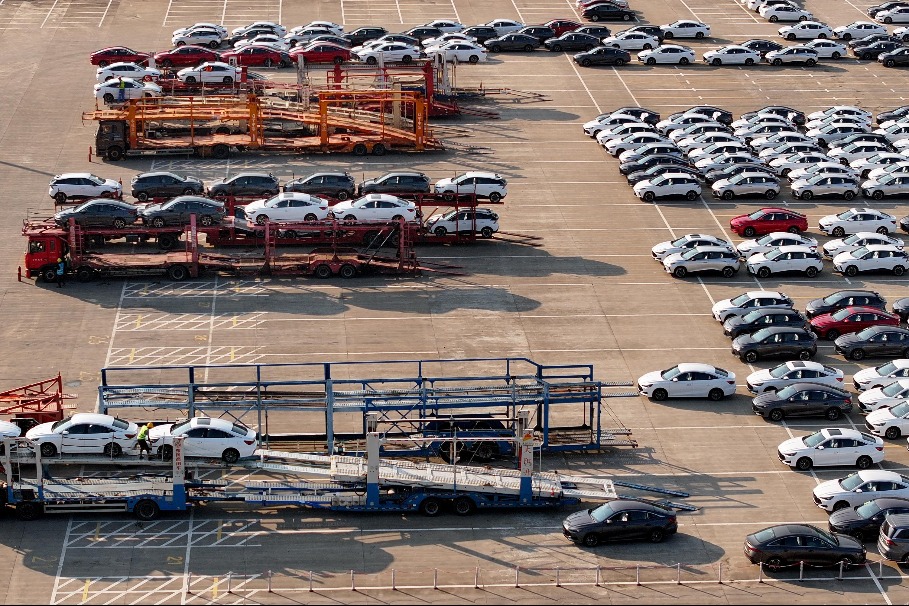Livestreamers flow overseas for sales, profits


Logistics, supply chains
As one of the first Chinese retailers to take e-commerce overseas, in July 2020, Yao Enhao employs more than 30 local influencers to sell makeup, clothes, 3C goods (computer, communications and consumer electronics) and baby products in Indonesia. He said the internet infrastructure, supply chains and logistics in Southeast Asia lag far behind those in China.
UltraHD Blue-ray is not widely available in Southeast Asia as it requires more bandwidth to provide stunning images, Yao said.
Also, internet speeds are much slower as 5G is far from common, and a lack of cold-chain systems means it is impossible to deliver some fruits and agricultural products. "It's like there are 81 hurdles in front of you, and you just cleared the second one," he said.
Yet the Chinese businesspeople are optimistic about the future of livestreaming overseas. Shifting his current focus to short videos, Luo is biding his time to restart his livestreaming business in the US. Ma's company has rented a 3,000-square-meter warehouse in Vietnam to shorten delivery times, while Gu opened a new office in New York in December.
"Taking livestreaming e-commerce overseas is like going to an unknown place," Gu said. Despite that, he said he knows that the demand is there… somewhere.























